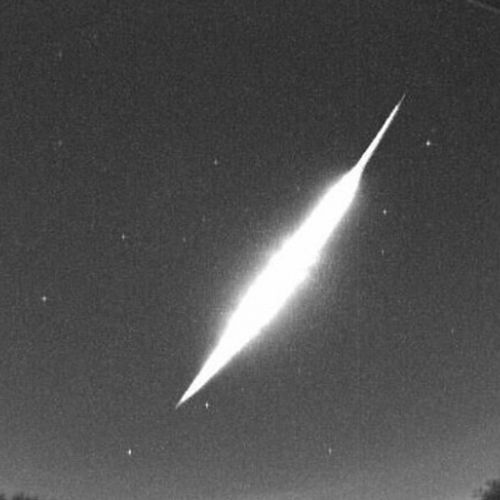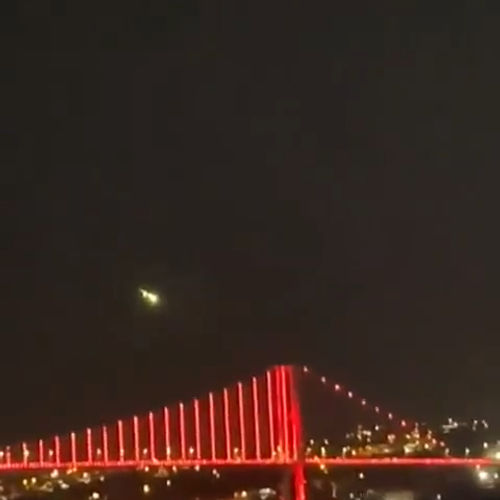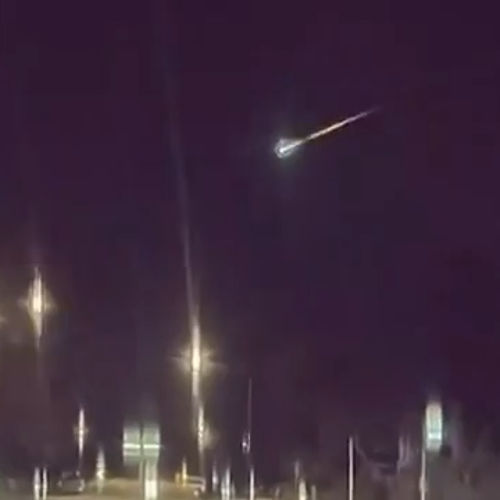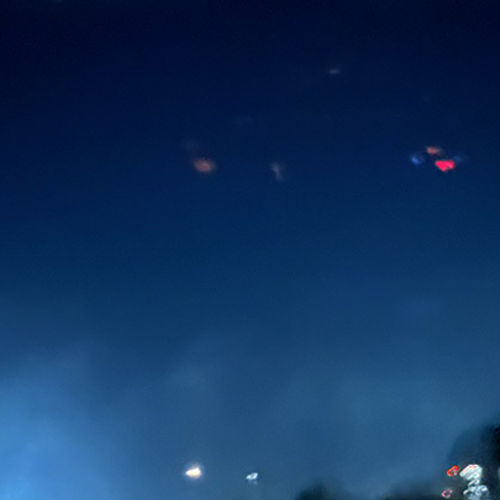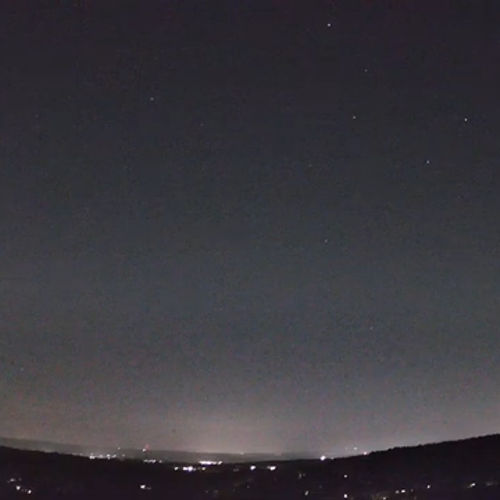
| Added | Tue, 15/03/2022 |
| Источники | |
| Дата публикации | Tue, 15/03/2022
|
| Версии |
On March 11, 2022, at approximately 21:20 GMT, a small asteroid entered the Earth's atmosphere.
There is nothing unusual about this. Space rocks enter the Earth's atmosphere constantly. What makes this asteroid amazing is that astronomers noticed it before it entered the atmosphere. It's called 2022 EB5, and it's only the fifth asteroid we've ever managed to spot before the collision.
Astronomer Cristian Sarnecki from the Konkoly Observatory at the Piskestete station in Hungary noticed this object measuring about two meters across (6.5 feet) at 19:24 GMT.
Two hours later, at 21:22 UTC, it entered the Earth's atmosphere over the Arctic Ocean southwest of the Norwegian island of Jan Mayen at a speed of about 18 kilometers per second (11 m/s).
Shortly after, infrasound instruments in Greenland and Norway recorded an explosion that probably occurred from the rupture of an object in the sky before falling into the ocean.
According to these data, the explosion power was about 2,000 tons of TNT.
The previous four asteroids discovered before the collision were 2008 TC3, which was about 4 meters across and exploded with an energy of up to 2,100 tons of TNT; 2014 AA - 3 meters and up to 1,000 tons of TNT; 2018 LA - 3 meters and 400 tons of TNT; and 2019 MO - 6 meters and 6,000 tons of TNT.
Most objects of this type explode when falling through the Earth's atmosphere, turning into what we call a fireball. Scientists believe this happens when air enters an object's body through small cracks in a meteor, causing pressure to rise as it flies through the atmosphere at high speed.
Fragments of the asteroid may fall to Earth, but all that remains of 2022 EB5 after combustion probably fell into the ocean. This is also normal: most of the Earth's surface is covered with water, so it is quite logical that most of the space rocks will end up there.
However, the opening of 2022 EB5 is surprising for another reason.
The growing number of asteroids detected before the collision, as well as the decrease in their size, portends that our capabilities for detecting dangerous asteroids will be good. 2022 EB5 has never been big enough to be considered dangerous, but if we can detect small non-dangerous objects, it suggests that our detection capabilities are getting better.
Residents of Norway or northern Iceland may have seen a brief flash that lit up their sky for a few seconds when a burning car swept across the sky.
Новости со схожими версиями
Log in or register to post comments


